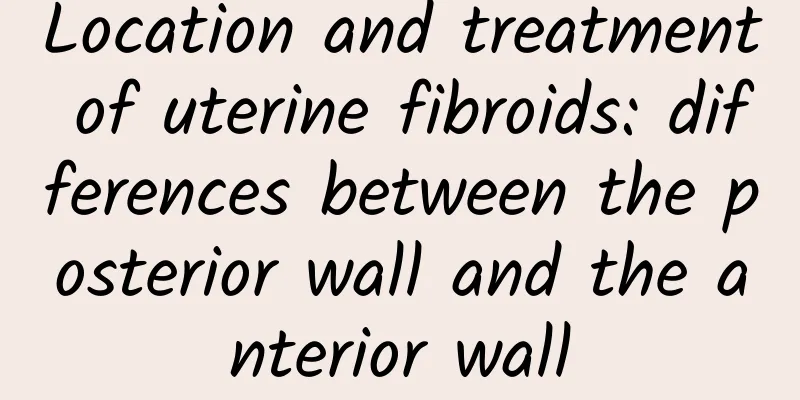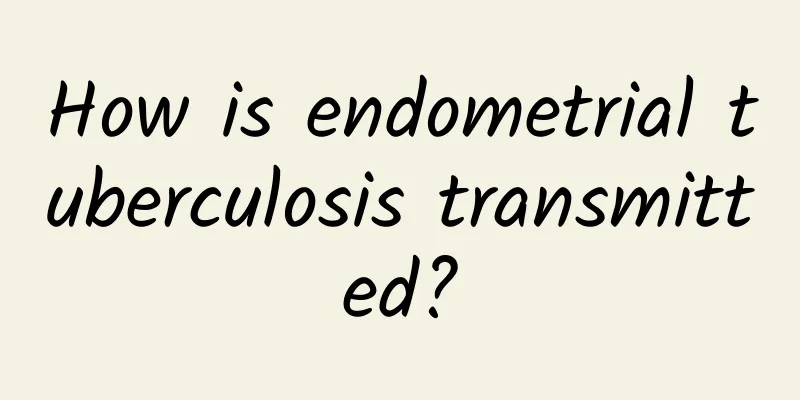Location and treatment of uterine fibroids: differences between the posterior wall and the anterior wall

|
Uterine fibroids are a common type of benign tumor in women that originate from the smooth muscle cells of the uterus. Depending on where the fibroids are located within the uterus, they can be divided into different types, including posterior wall fibroids and anterior wall fibroids. The two types of fibroids have significant differences in location, which can have important implications for symptoms, treatment methods, and possible impacts. ❤️So, what is the difference between the posterior wall and the anterior wall of uterine fibroids? 👇 🌼Uterine fibroids can be divided into posterior wall fibroids and anterior wall fibroids based on their location in the uterus. There are significant differences in the location of these two types of fibroids, which may have important implications for symptoms, treatment methods, and possible impacts. Posterior wall fibroids are located on the back wall of the uterus, close to the back and posterior pelvic cavity, and may compress the rectum, causing constipation or difficulty with defecation; while anterior wall fibroids are located on the front wall of the uterus, close to the front of the abdomen, and may compress the bladder, causing frequent urination, urgency, or difficulty urinating. Treatment options will also be determined by the type, size, and location of the fibroids, as well as the patient's age and future fertility wishes. ❤️If you have uterine fibroids, you should pay attention to the following points:👇 🔺1. Regular check-ups: Regular gynecological examinations, including pelvic ultrasound, to monitor the size and growth of fibroids. 🔺2. Symptom management: Pay attention to the symptoms caused by fibroids, such as abnormal vaginal bleeding, pelvic pain, pressure, or frequent urination. 🔺3. Lifestyle adjustments: Maintaining a healthy lifestyle, such as a balanced diet, moderate exercise, and adequate sleep, can help alleviate symptoms and maintain overall health. 🔺4. Treatment options: Discuss with your doctor the different options for treating fibroids, including medication, surgery, or other non-invasive treatments. The difference between posterior and anterior uterine fibroids is their location in the uterus, which affects the symptoms they may cause and how they can be treated. If you suspect you have uterine fibroids, or if you have been diagnosed, be sure to follow your doctor's instructions, have regular gynecological exams, pay close attention to your symptoms, and maintain a healthy lifestyle. |
<<: Causes and coping strategies for abdominal bloating after miscarriage
>>: Can a loose cervix cause miscarriage?
Recommend
How to choose a hospital for uterine fibroids
How to choose a hospital for uterine fibroids? A ...
Which hospital is the best for painless abortion?
The influence of modern mobile phones, TVs and co...
Several very effective preventive measures for ovarian cysts
In order to reduce the incidence of ovarian cysts...
The difference between benign and malignant ovarian cysts
What are the symptoms of ovarian cysts? What are ...
How to make sure the abortion is clean? Will there be bleeding if the abortion is not clean?
After an abortion, you can judge whether it is cl...
Vulvar itching, leucorrhea, abnormal odor
Vulvar itching, abnormal vaginal discharge, and o...
Is spontaneous abortion dangerous?
Spontaneous miscarriage is often a process of sur...
Effect of embolization interventional treatment for adenomyosis
Embolization interventional therapy for adenomyos...
When will menstruation come after abortion? What are the reasons for delayed menstruation after abortion?
When will menstruation come after abortion? What ...
Why is my menstrual period color weird?
Why is my menstrual period color weird? The color...
Describe in detail the early symptoms of pelvic inflammatory disease
Nowadays, more and more women are suffering from ...
Symptoms of congenital absence of vagina
The symptoms of congenital absence of vagina must...
What are the types of cervicitis?
The occurrence of cervicitis is related to sexual...
How to check for vaginitis?
Experts point out that once women suffer from vag...
Cancer-causing traps you must know when barbecuing during Mid-Autumn Festival! Nutritionist teaches "Traffic Light BBQ Secrets" to grill healthy and delicious food
When the traditional Mid-Autumn Festival comes, w...









